You will find the list when you scroll down.

It’s easy to learn the tools to design cool stuff to impress people.
But the less impressive, nonobvious part of being a product designer is problem-solving!
This is even more important than learning the tools. Tools are the means to an end. That end is having a product that solves a problem.
It doesn’t matter how well you can use Figma or how many details you know about it.
It’s important to know how to design solutions for different problems that occur during the product life cycle.
A misconception that many of us have is that we think we are still at school!
We think that they are going to grade us on how well we can use the XYZ tool 😂 And if we make a mistake we won’t get an A.
In reality, these stuff don’t matter. You have unlimited error limits!
The problems that we are solving with our designs are in 2 categories:
- Repetitive problems
- New problems
On the surface level, a good portion of our job is to find best practices for repetitive problems. As we go deeper with the product we need to solve new problems.

How should we find the best practices?
You get inspiration from other working products and samples.
I remember one of my first questions when I was starting out was: Is there a book that I can go there and read all the best practices of experience design?
The answer was obviously no! Why? Because
- Everything is evolving rapidly, the best practices of 2023 are not the same as the best practices of 2010!
- The rules aren’t written in stone and so many times the solutions depend on the situation, the user personas, and timing.
So everything is changing and there is no single resource for learning the best practices and you are telling us that learning the tools doesn’t matter so what should we learn?😂😂😂
So first of all I didn’t say learning the tools doesn’t matter, I said it is not the most important thing.
It’s like learning how to read and write! We learn how to read to be able to access deeper levels of knowledge and being able to communicate! But it is not the end goal.
As you move forward you will face fewer and fewer common problems to solve and it’s harder to find the solutions by searching online or reading articles or books.
Most of the time solutions are hidden in the deeper level of interactions with the digital products.
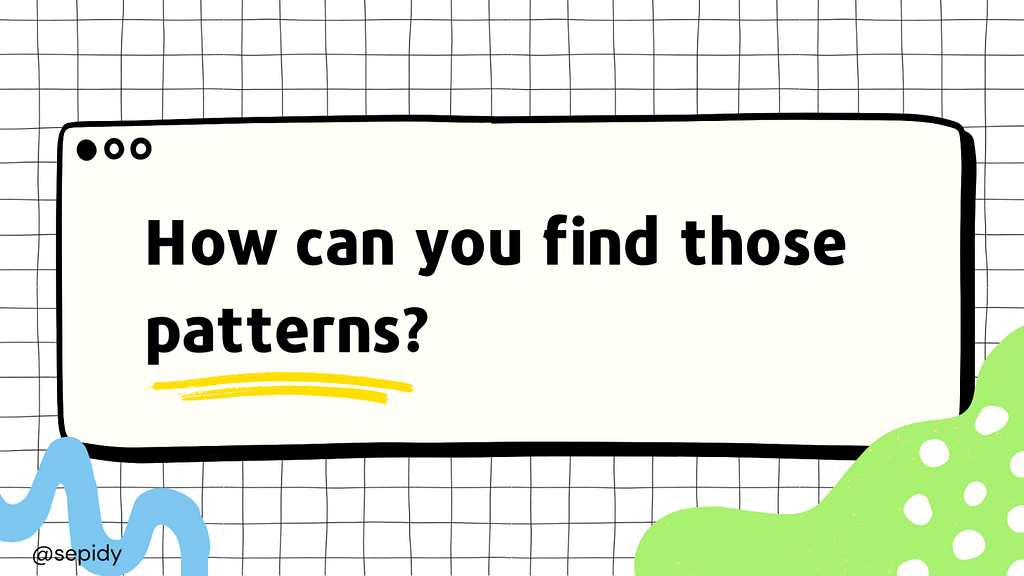
How can you find those patterns?
We learn these deep patterns by seeing them in different use cases.
Example:
Imagine you are designing a very sophisticated form and you need to make decisions about form validation here is a list of some options:
- As the user is writing we constantly validate the input and we show it by making all the borders of the text input box red and adding a text and an icon below the box for accessibility and more info.
- We let them write as soon as they stop writing and click outside of the input box we validate the data. and show the messages below the text box.
- We let them complete the whole form as soon as they fill in the last input we validate the data input and we show the validation errors below the form in a long message
- We let them complete the whole form and click on the submit button then we validate the data input. We show the validation errors below the form in a short message and also we make the inputs that are invalid red and add text under them. And we automatically scroll the page to the input that has validation issues.
- We let them complete the whole form but we disable the submit button until the point that they fill all the valid data. We show the validation errors under the inputs that are invalid and we add text beneath them.
Pay attention that there is no absolute right or wrong thing some of them are better in my opinion and they are used more often, but depending on the situation the persona, the data, and the product we might make our own decisions. That’s a small sneak pick of the decisions that an interaction designer makes.
So how do we know that there are these many patterns for form validation?
The answer is we can’t know unless we search about this specific topic and read all the articles and most importantly use enough digital products to study these patterns in action.
Design is filled with a lot of tiny decisions like the example above.
So to detect these patterns you need to have the experience of using multiple products.
If you want to be a great product designer, you need to test and use many many products.
There is no shortcut to this.
Nothing can’t beat the deep knowledge you get:
- When you spend a lot of time testing and using different products.
- When you detect patterns.
- When you observe the product from the perspective of a user.
If you want to design a dashboard for a medical entity you need to use all the medical dashboards that you can get your hands on. and the screenshots are sometimes not enough.
and for learning general patterns try to use and experiment with one new product every day.
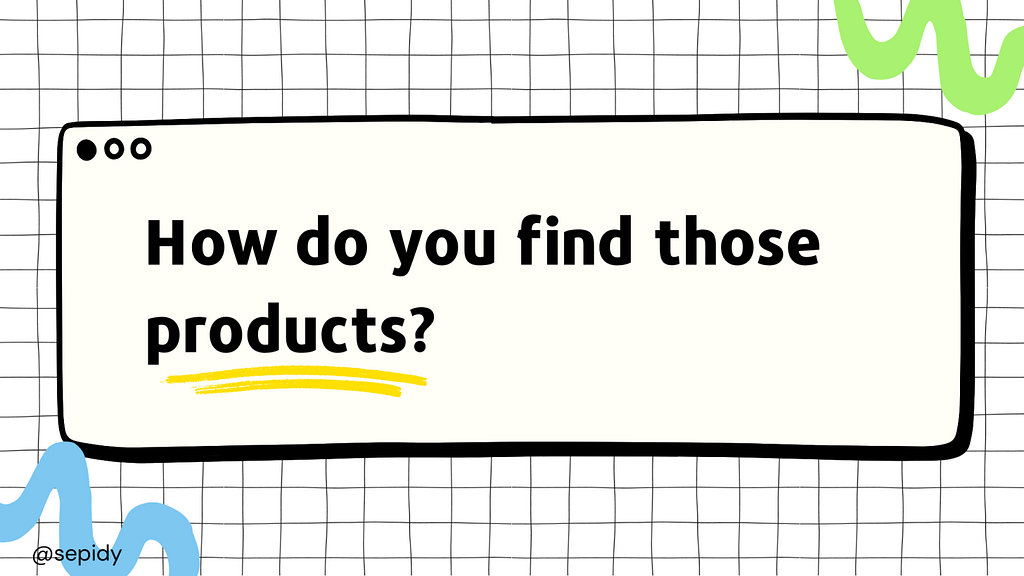
How do you find those products?
- The products that you use daily. Pay more attention to the common patterns there.
- Search on that specific topic. For example, if you have to design a CRM dashboard search about it and use 5–10 different dashboards. You can request a demo or even subscribe for a short time to learn about that product.
- You can access the screenshots of the products using these resources. It’s useful when you are looking for a specific thing and you don’t want to sign up.
- For being immersed in testing many products, you can find many cool things on Product Hunt. It is a platform that many startups use to launch their products daily, and people can upvote for them. You will see different variety of products on different topics and it will strengthen the problem-solving part of your brain😀 The products will be ranked by the number of upvotes so you can even choose from the best products of the month or day. Many of those products may have usability issues or multiple UI or UX problems but you get to see the multiple iterations that it takes to reach to the point that the product becomes famous and vastly used. If you want to have the front-row ticket to watch new products and have the chance to test them you can sign up here.
- You can put in a small amount of time daily to see the new products, test them, and get many inspirations in both UI and UX design aspects. It will track your streak to keep you consistent which is so cool! You might find very cool tools that you end up using daily😉And you might make friends with amazing and supportive members of that community!
To sum up!
Get curious about all the UX flow patterns on different products😉
Explore A LOT of new products daily and make that a habit.
Join our community on FigChallenge.😂
This Week’s Featured Designs
Each week we feature the designs that are submitted inside FigChallenge, so make sure to submit yours and add your socials so that we con feature you as well.
These are the submissions for the responsive card auto layout design challenge on FigChallenge.
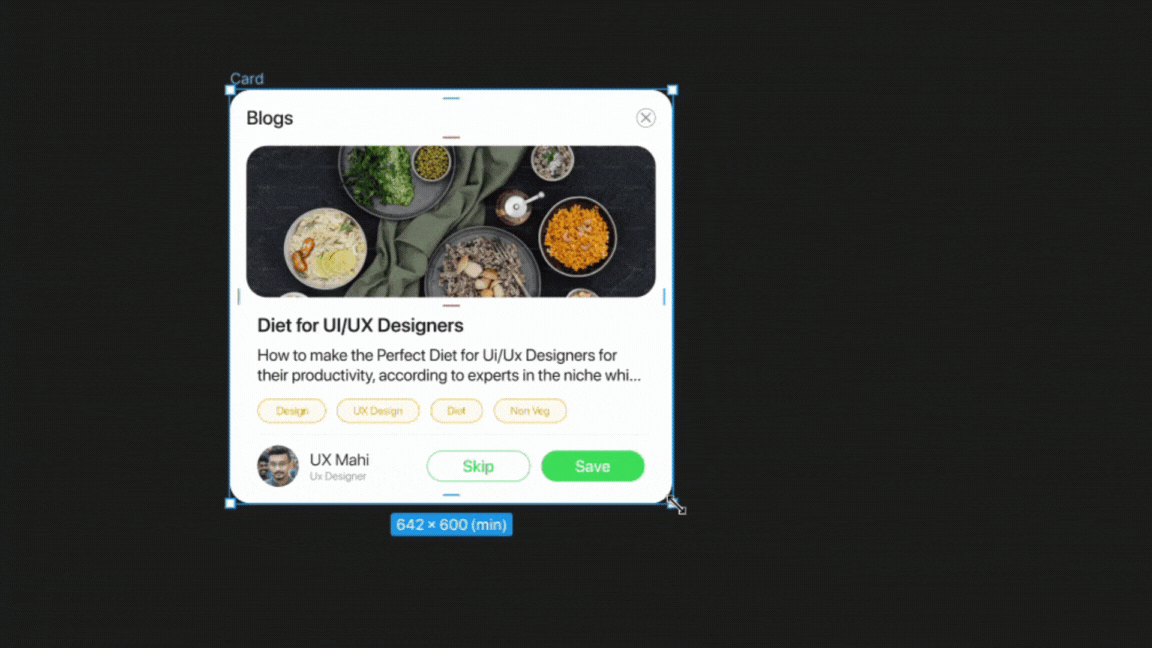
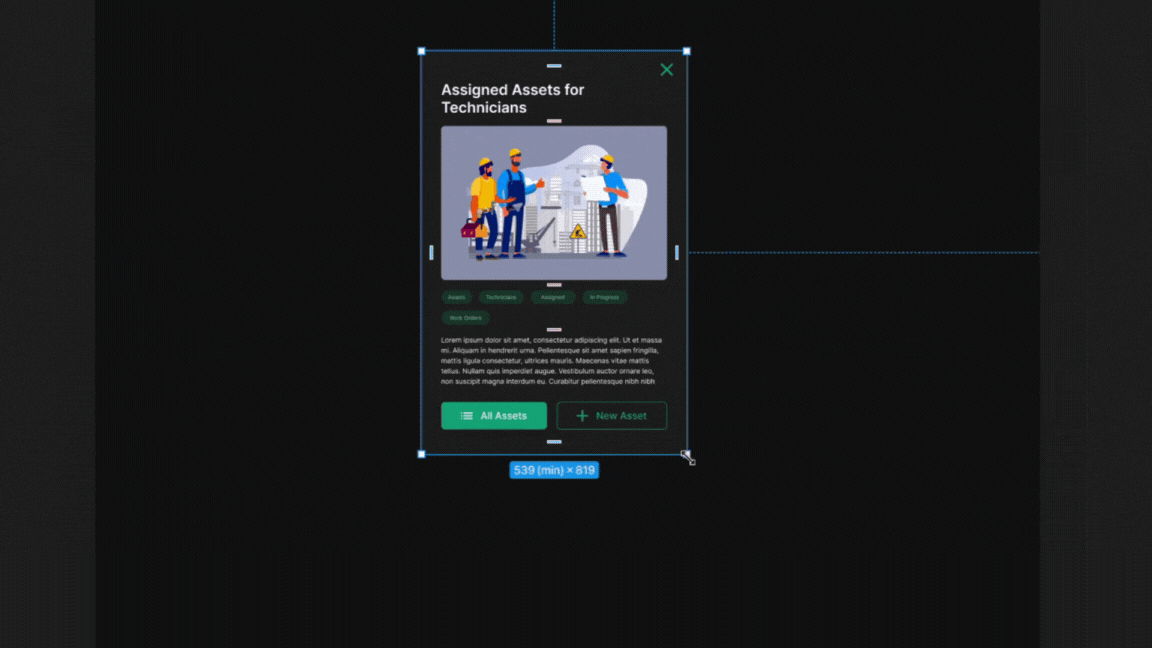
See you on the FigChallenge community 👋🏻
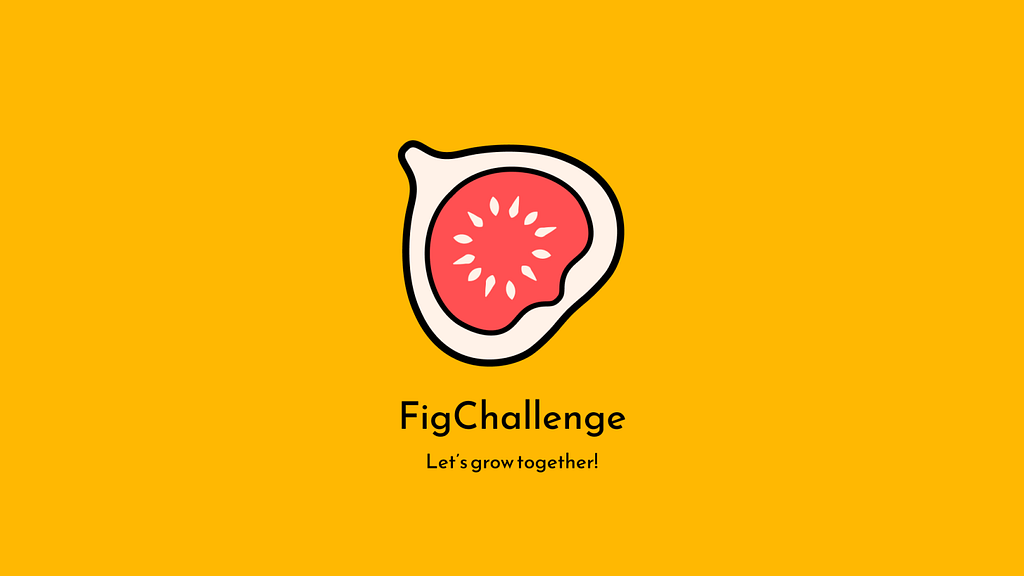
You can follow and subscribe to my email list to get notified when the next article is out.
Subscribe to get notified by email
Where do product designers get inspiration? was originally published in UX Planet on Medium, where people are continuing the conversation by highlighting and responding to this story.